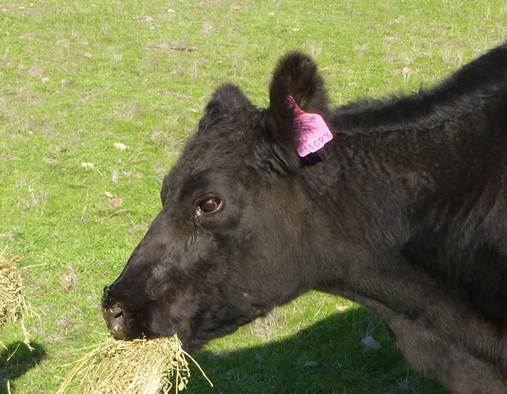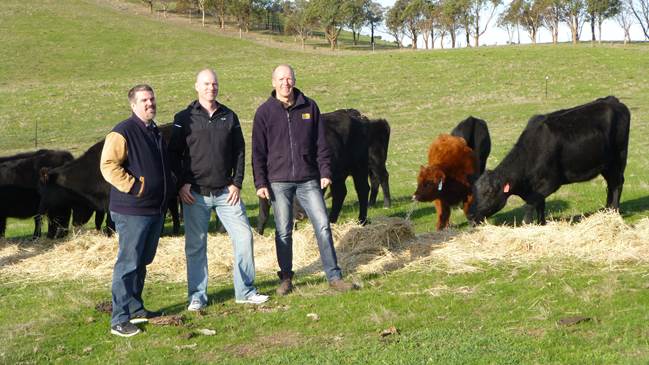When I was sitting at #EMCWORLD listening to Cows moo during Jeremy’s ETD Keynote, I began to think about all of the data cows really do generate (among other things).
During a recent visit to Australia, I got a chance to visit a friend and colleagues’ ranch/farm where we began to experiment on the aspects of Jeremy’s talk on the amount of Big Data Cows can create. We started by identifying a target workload. Her name was Melody the Cow and it was perfect because she was located not too far from a [data] lake. And, not too unlike a target use case where the data is often close to the data lake, we had to coerce her to make her way to it.
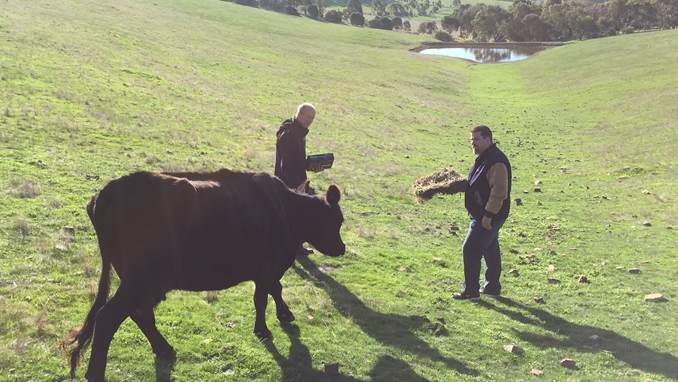
Now what Jeremy didn’t explain on stage (always like executives to bypass the technical details) was how to plug Melody the Cow into the data lake. We tried a couple different ports (including wireless) to no avail. Seriously, there were some ports I just wasn’t prepared to test out.
At first I didn’t find any ports…
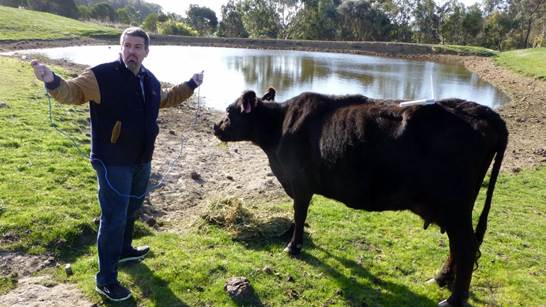
Then I enlisted support from B. Scott Cassell (smartest guy I know).
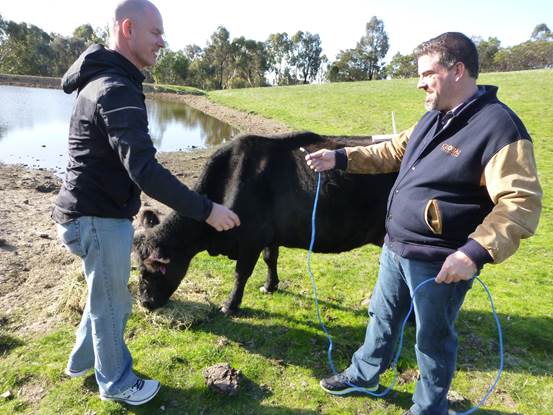
Then he checked Melody for ports on the front while I checked to see if the ports were on the back.
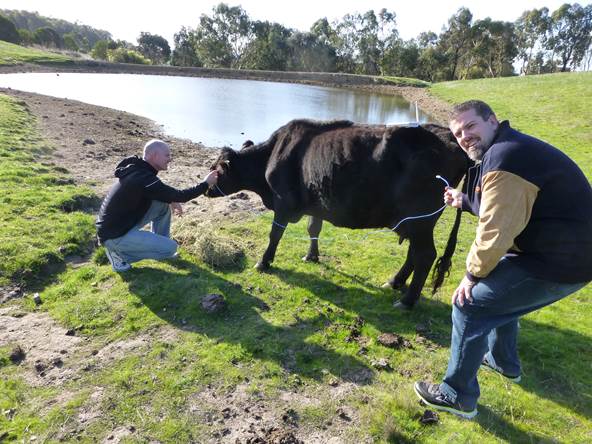
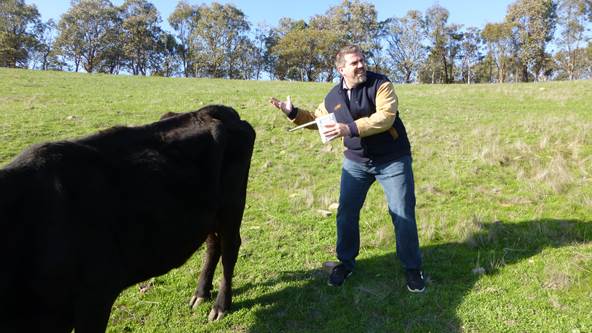
But the interfaces were a mismatch.
In the end, our farmer friend (Charles Sevior – Isilon CTO APJ) pointed out that Melody had an RFID chip that logged all of her activities (doh!). I suppose that’s a lot like the netflow data of a switch that no one really thinks about. Sometimes you need to look closer (like at the ear of the Cow).
Then we took that workload and multiplied it across the entire data set (big data comes from big cows — and one bull in this case) and look, we found the brown cow in a sea of black ones.
So, if you don’t know where to find the ear of your cow, try reaching out to EMC and set up a Big Data Vision Workshop. Our experts are like expert farmers who know where the RFID chips are hidden and where to find value from your data [or cow].
P.S. No chickens were harmed during the creation of this blog.

